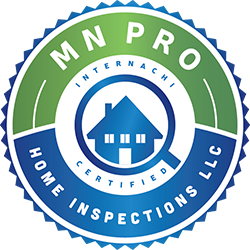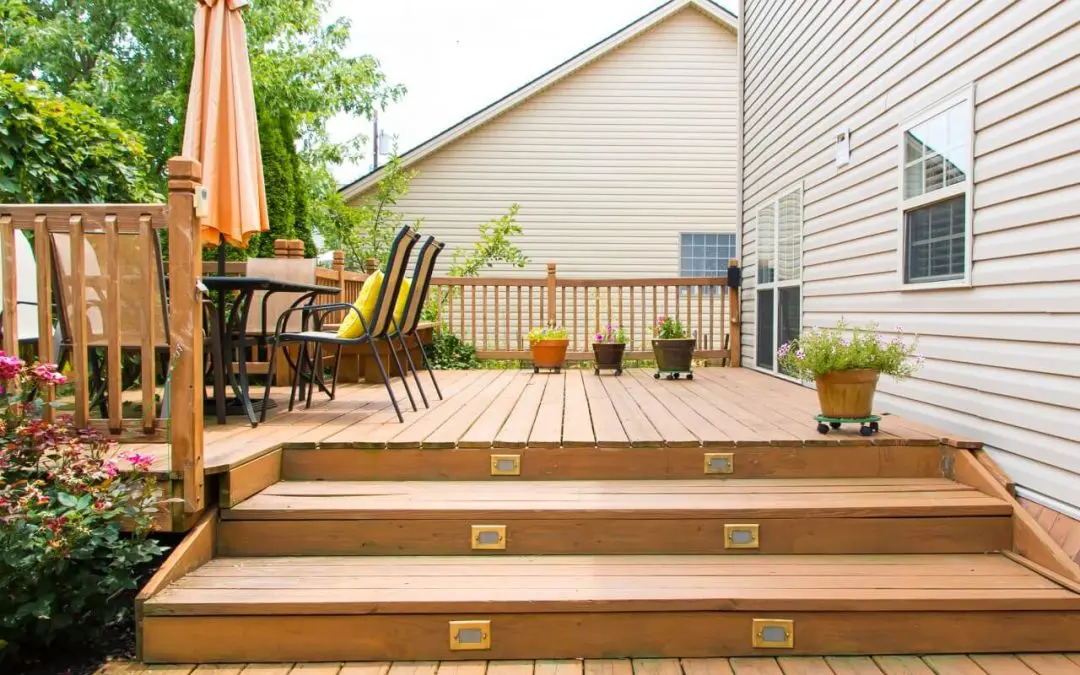May is deck safety month, so now is a great time to think about building a new deck or rebuilding an old one. There are many types of decking materials available. To choose the right material, explore the pros and cons of each.
Popular Types of Decking Materials
Aluminum
- For durability and low maintenance, aluminum is a great decking material. Its industrial look makes it a perfect choice for a contemporary home.
- Aluminum won’t crack or fade over time. It doesn’t rust and it resists mildew and mold growth.
- The disadvantages include that aluminum is more expensive than some other types of decking. It can be noisy when walked on. An aluminum deck can get slippery when wet or covered with snow.
Pressure-Treated Lumber is One of the Most Popular Types of Decking Materials
- Often made from pine, pressure-treated lumber is chemically treated to make it resistant to sun, rain, and insects.
- Pressure-treated lumber is one of the most affordable options for decking materials. It’s also one of the easiest types of decking materials to install which helps keep labor costs down.
- Even after being pressure-treated, the wood may still warp, crack, and splinter with time. To prolong its life, the wood requires regular maintenance. Routine cleaning and sealing are required.
Cedar and Redwood
- Cedar and redwood don’t have to be chemically treated. The oils and tannins in the woods naturally protect them from the elements. The price of the wood depends on its grade. The closer the cut is to the center of the tree, the higher the grade.
- The natural beauty of cedar and redwood is one of the major advantages. Decks made from these untreated softwoods can last longer than those made from treated pine if maintained properly.
- To maintain its finish, a deck made from cedar or redwood should be cleaned and resealed annually.
Composites
- One of the newest types of decking materials available is composite. Composite decking material is made from a combination of wood fibers, plastics, and recycled materials.
- Composite deck boards don’t splinter like wood can. They don’t require painting, staining, or sealing.
- Unfortunately, composites do have their downsides. Composite decking costs more than treated or untreated wood. They have the possibility of growing mold and mildew. Routine cleaning will help to deter this growth.
Tropical Hardwoods
- For durability and beauty, tropical hardwoods are an ideal choice for decking.
- A tropical hardwood deck can last for 50 years or more. Obtain the wood from suppliers who harvest from renewable sources to lower the impact on the environment.
- The biggest downside to tropical hardwoods is the cost. The price tag is higher than any other decking material. Tropical hardwoods are also more difficult to install.
When researching materials for your new deck, consider price, lifespan, and maintenance for each of the types of decking materials. With this information, you will be able to decide what option will work best for your home and your budget.
MN Pro Home Inspections serves the Twin Cities and Western Wisconsin with home inspection services. Contact us to schedule an inspection.

